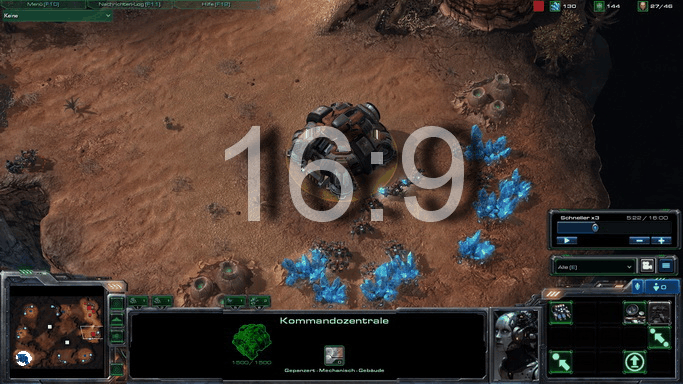serpretetsky
2[H]4U
- Joined
- Dec 24, 2008
- Messages
- 2,180
yeah, can't really disagree with you there.No I am saying that you do not gain info by loosing pixels. The part you and others are purposely leaving out is that when you lock the virtical part of the aspect ratio then you loose resolution to gain FOV. Albovin has shown you clearly that a 16:9 display can be emulated exactly on a 16:10 display using 1 to 1 pixel mapping.
Rant on all you want. The only advantage to a 16:9 display is price and absolutely nothing else.
Dave
![[H]ard|Forum](/styles/hardforum/xenforo/logo_dark.png)



